Energy Savings
Car Dealership has a 15 month return on investment – How much can your #Dealership #SAVE
Car Dealer’s waste money everyday on Lighting up their Lots
It is not Rocket Science for a car dealership to know they have to light their lots to sell cars and that it cost them a lot to do so. Car Dealers are huge consumers of electricity due to the nature of the business hours and the stage they have to work on – THE LOT.
In the past years I have worked on saving schools substantial amounts of capital by providing cost efficient lighting solutions. Now I am focused on the business I grew up in as a child – THE AUTO INDUSTRY.
So far every Auto Dealer that I have personally visited has had the same end result for their lighting return on investment – AMAZING.
THE SAVINGS
Let’s take a look at a recent car dealers LED lighting proposal highlights. Our upgrade is a NEW LED Shoe Box designed to replace existing car dealers parking and inventory lot lighting. This is not a cheap retrofit kit. They have CREE chips with a Mean Well driver, which are among the best in the world. So we are talking about a quality LED lighting fixture that is UL and DLC listed, which qualify’s you for your rebates.
BEYOND CAPITAL SAVINGS
REBATES IN ILLINOIS – TIME SENSITIVE
When we put together our proposals we always understate the rebate since the amount rebate is beyond our control and when the rebate funds are depleted they are gone. After our clients agree to terms and finalize the procurement of goods we immediately pre-authorize the end users rebates with the assistance of local Electrical Contractors. Currently, we have .50 cents per watt reduction in rebate provided by ComEd (see attached snap shot), but the rebate only exists while funds are available so timing is key to hit the metrics used in our “Return on Investment” (ROI).
In this example we found that the rebate estimates is $1854 higher than what we used in our proposal. The way we see it, our client is pretty happy that we over delivered by job completion by not only providing a great product but the received more money back than anticipated.
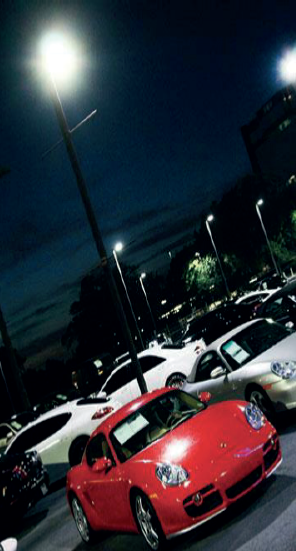
As there are many variables involved putting together the efficiency measures for each proposal the information gathered comes directly from our clients. Every dealership is different and we feel we can hit a payback for most outdoor lighting upgrades in less than 24 months with our LED lighting technology.
For more details contact Dave Rozek at 630.290.1319
or email us at sales@m-lites.com
Building retrofits could mitigate more than 600 million metric tons of CO2 per year
#ActOnClimate : A call to action on #Twitter and from actors and environmentalist like #LeoDiCaprio
141,540 PEOPLE IN ILLINOIS HAVE CALLED FOR CLIMATE ACTION
#PresidentObama and the #EPA have announced carbon pollution standards for all existing power plants in America.
Will you join others around the country in saying you believe we must protect our children and future generations from climate change?
Submit a public comment to the EPA in support of strong carbon pollution standards. Click Here
Reduce 40% of global carbon emissions: From the Rockefeller Foundation Report
Upgrading and replacing energy-consuming equipment in buildings offers an important capital investment opportunity, with
the potential for significant economic, climate, and employment impacts. In the United States alone, more than $279 billion
could be invested across the residential, commercial, and institutional market segments. This investment could yield more
than $1 trillion of energy savings over 10 years, equivalent to savings of approximately 30% of the annual electricity spend
in the United States. If all of these retrofits were undertaken, more than 3.3 million cumulative job years of employment
could be created. These jobs would include a range of skill qualifications, and would be geographically diverse across the
United States. Additionally, if all of these retrofits were successfully undertaken, it would reduce U.S. emissions by nearly
10%. The potential employment and climate benefits presented by energy efficiency retrofits have led the Rockefeller
Foundation to explore a program initiative in this area, and to partner with Deutsche Bank Climate Change Advisors to
produce this research report as a publicly-available resource for all interested stakeholders.
For some time, advocates of clean technology have emphasized the market potential and rapid payback of energy
efficiency upgrades and retrofits in buildings.
Buildings consume approximately 40% of the world’s primary energy and are responsible for 40% of global carbon emissions. Mature and proven technologies, designed and manufactured by established multi-national firms, can save energy and yield significant returns when replacing older, less efficient systems.
However, the apparently simple act of upgrading and replacing equipment in buildings – from upgrading lights to replacing
heating and cooling systems, or replacing building controls – has never achieved its full potential. In order to provide a clear
understanding of this opportunity, we use this paper to establish the potential size of the retrofit market in the United States.
We also examine the emergence of new financing models that offer the promise of overcoming historical barriers and
unlocking the true potential of this market.
Case studies and various analyses have shown that the energy savings from retrofit projects can offer the potential for
strong financial returns. However, a status quo bias, asymmetric information and structural barriers in the real estate
industry have traditionally resulted in low levels of demand by home and building owners. Over recent years, a number of
financing models have emerged which offer the potential to scale investment in these markets and overcome both the
supply and demand side barriers. Utilizing the work done by the World Economic Forum as a reference point, we profile
these models, including the Energy Services Agreement (ESAs), Property Assessed Clean Energy (PACE) and On-Bill
Finance (OBF), in addition to examining the largest historical provider of energy efficiency upgrades, the Energy Services
Companies (ESCOs). #MLiteSolution
Each of these models merits consideration, and we believe that a robust market will offer multiple options to building
owners seeking third-party investment in building retrofits. The ESA model appears to be especially promising in the near
term, given its potential to scale without policy or regulatory requirements. A number of firms have already demonstrated
early traction utilizing this structure.
While parts of the market are poised to grow independent of government policy, an enabling policy environment could
further accelerate adoption and facilitate greater, or more rapid, scale. Enabling policies go beyond subsidies to include
measures such as building data disclosure requirements.
Buildings consume approximately half (49%) of all energy used in the United States and three quarters of all electricity,
according to the U.S. Energy Information Administration (EIA). Building energy retrofits, or the application of energy efficient
or clean generation measures to existing building stock, represent a significant opportunity to save money, reduce climate
impacts and generate or maintain jobs. However, the U.S. building stock is heterogeneous and the building retrofit market is
actually comprised of a number of underlying market segments and sub-segments. The three main categories of segments
include residential, commercial and institutional, as depicted above. The finance models and other market development
strategies needed to realize energy efficiency measures at scale will vary by market segment, although a number of models
and strategies can be applied in one or more segment. Due to the limitations of publicly available data at the segment level,
this Market Scan does not include any information and analysis about the 21 segments within the Industrial category (not
shown).
1 This economic impact is a directional estimate, which converts the volumetric energy savings to dollar savings using sector specific energy prices from the U.S. EIA, as well as EIA estimates for sector specific electricity price escalation. It does not incorporate the feedback loop of reduced demand via energy savings affecting prices.
2 Source: http://epa.gov/climatechange/emissions/usinventoryreport.html
Saving energy Starts with You and M-Lites.com is ready to help you
M-Lite Solution manufactures high end #LEDLighting products that are the most cost effective LED lighting technology in the marketplace for schools, nursing homes, government buildings, and other commercial properties. We specialize in LED Retrofit kits that will significantly lower your energy consumption, provide years of maintenance free lighting , are UL approved, and easy to install.
Click here to view a few cost saving projects by #MLiteSolution
17 Billion Dollars of Lighting upgrades are needed in the USA
LED lighting is gaining traction in commercial retrofits in Chicago
At M Lite Solution in Wauconda, Illinois we are shipping out every LED Retrofit we can assemble, and now we have a slew of New Distributors wanting our products Nationally. This shows great traction for the LED Lighting business here in Chicago, which is fantastic news for a growing company like ours. Our LED products are brighter, last longer, and more cost effective than competitive products in the past years.
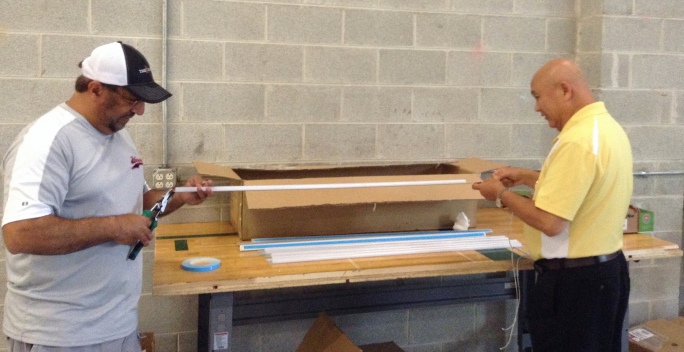
Our recent success is fueled by the creativity of local inventor Dave Rozek, and the combination of Dr. Hasan (formally of Tellabs), and Manny Lin (Professor to China’s Best Engineers). With the recent addition of Michael Lin, an Engineer with a flare for quality control, and the ability to work hands on with Electrical Contractors, M Lite is positioned for years of growth.
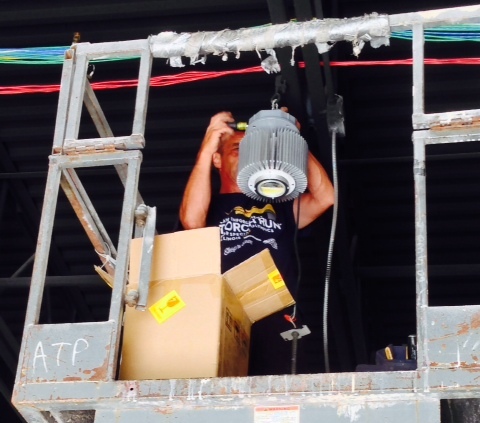
After reviewing the growing LED Market, M Lite is faced the task of looking to manufacture our LED retrofit kits here in Illinois in order to meet the demand of our clients. We are firmly committed to Job Creation here in Chicago, and with 17 Billion Dollars of operational commercial saving waiting for us, we are a few investors or grants away from fulfilling our visions and making them a reality.
Why is the Market so Strong for LED Retrofit Solutions?
If we consider both short and long-term energy and maintenance savings, the impact of LED lighting retrofit projects on the building market has show us how upgrading to efficient lighting give commercial building owners a 60 to 80 percent savings. Not to mention a safer work environment with more efficient employees or students due to the increase of more blue light emitted from LED Lighting. In factories and grocery stores our LED lighting does not normally attract bugs, or flies, which is a proactive action being made by many retailers. A few of the largest retailers to act on these environmentally friendly lighting upgrades are retail chains Walmart and Walgreens.
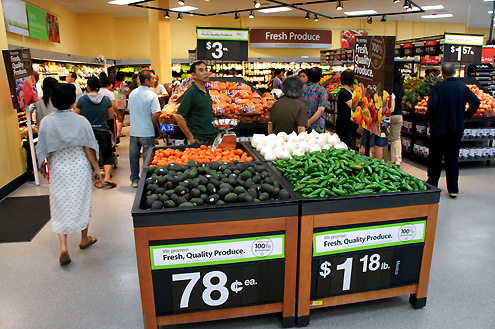
In the LED Lighting market our Retrofit solutions make it easy for major retailers like Walmart and Walgreens to make the switch to more responsible lighting, because they are built to be quickly installed which allows for minimal or zero disturbance in daily business operations. Plus, M Lites LED products are maintenance free during the duration of our warranty. Many major companies have tried to compete in the retrofit arena, but most can not perform and maintain the strong return on investment our M Lite products optimally perform at.
Cost of waiting: Maintenance improvement or Capital Investment?
Such project’s like the one above should be classified for business owners as capital improvement that will increase the market value of the property. By doing an LED upgrade it is common place to see great annual savings that can provide a cash infusion to any consumer of electricity from outdated electrical fixtures that are found in almost every business we venture into. The Cost of waiting chart is based on 100 units being upgraded with a Return on Investment within 2 years.
Through proven leadership, M-Lite remains in the forefront of the design, engineering, manufacturing, and distribution of LED lighting technology. We will grow every day as Chicago continues to led the Nation in Green Buildings.

Warehouse in Mchenry converts to LED High Bay, saves 21k per year
You get out, What you put in….
 I read this Tweet from retired NFL Player Brian Urlacher at
I read this Tweet from retired NFL Player Brian Urlacher at @LouieVito talking to that Little voice in his stomach.
As a native of Chicago, Brian Urlacher is someone I follow on Twitter, and his Tweets are entertaining sometimes. The saying above kinda rang true for us at M Lite Solutions.
We feel that building owners get out what they put into it. You see building owners that want to save money, and upgrade to LED fixtures will save 60 to 80% in energy reduction just by doing the right thing and investing in themselves with energy efficient lighting by M-Lites.com.
100 LED High Bays can save in many ways…
Upgrading 100 400 watt Metal Halide fixtures to 150 watt LED High Bays will save our client in Mchenry, IL. in many ways. Let’s begin with the “Cost of Waiting”.
As you can see from the chart above the cost of waiting per year is $21,000 in annual savings. For every month they do not change out their lighting, it would end up costing them $1700 per month. The cost of the goods without labor is almost $38,000, which means our warehouse client in McHenry, IL. will hit a rate on return of investment within 2 years time. This is the type of cost effective savings a business owner can get out what they put in.
Warehouse Watt Summary
In addition to creating a better working environment with brighter lighting, our warehouse in Mchenry will reduce their energy consumption by 67%. Again, our warehouse owner is getting out, what they put in and more…
McHenry Warehouse Environmental Impact
Although the world’s climate changes happen naturally. We contribute to the pollution of the environment more than any other living thing on our planet. So many people are finally wondering how they can help reduce the emission of greenhouse gases into the atmosphere and changing your lighting to LED can reduce plenty (see the chart above). Since change will not happen overnight, lighting is a definite step that we can take in this fight against global warming.
Going Green with LED Lighting makes sense for all of us. Let M-Lite show you how you can do your part and start saving the world one light at a time. For more information visit us on-line at M-Lites.com
Pot LED Grow Lights, M-Lite LED Grow Lights

At M-Lite use the newest technology, DMX and PMW control way. There are four individually adjustable channels including; Automatic, Veg, Flower,and UVB channels. The unit provides a dimmer and timer, with 2.4 GHz wireless intelligent control with multiple join technology. Steady and smart voltage auto-switching regulating power supply, adjusts to the appropriate voltage for international use.
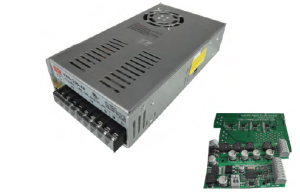
-
Actual power draw 350 watts
-
1.7 amps @ 220V;3.4amps @ 110V
-
Power Factor(PF): > 0.96 Frequency: 50/60Hz
-
AC Cable Length: 4ft
-
Universal Input Range:100 to 240VAC / 50 to 60Hz
-
UL, CE, & ROHS
M-Lites LED Grow Lights emit the exact spectrum of light needed for photosynthesis and all phases of plant growth
LED Terminology – Kelvin, CRI, and Luminous Flux
LED Lighting Terminology
Color Temperature and Color Rendering (Kelvin and CRI): There are two standard measurements for the color characteristics of light: “color rendering index” (CRI), a term used to describe the extent to which an artificial light source is able to render the true color of objects as seen by natural outdoor sunlight which has a CRI of 100, and “color temperature”, which expresses the color appearance of the light itself.
Color Rendering Index (CRI): Incandescent is used as the base reference of 100 CRI. Compact fluorescent lamps are graded at 82-86 CRI, which is considered high quality color rendering. CRI is a more important consideration for retail lighting design than it is for office lighting. Any CRI rating of 80 or above is considered high and indicates that the source has good color properties. Incandescent lamps and daylight have a CRI of 100, the highest possible CRI. The higher the CRI of the light source, the “truer” it renders color. At M-Lite we strive to manufacture our LED lighting at 80 CRI or better.
Color Temperature (Kelvin): Refers to the way color groups are perceived – the psychological impact of lighting. Color temperature is how cool or warm the light source appears. The color temperature of a light source is a numerical measurement of its color appearance. This temperature is based on the principle that any object will emit light if it is heated to a high enough temperature and that the color of that light will shift in a predictable manner as the temperature is increased. This system is based on the color changes of a black metal as it is heated from a cold black to a white hot state. As the temperature increases, the color would shift gradually from red to orange to yellow to white and finally to a blue white. Color temperature is measured in degrees Kelvin (K). Colors and light sources from the red/orange/yellow side of the spectrum are described as warm (incandescents) and those toward the blue end are referred to as cool (natural daylight). The sun, for example, rises at approximately 1800 Kelvin and changes from red to orange to yellow and to white as it rises to over 5000 Kelvin at high noon. It then goes back down the scale as it sets.
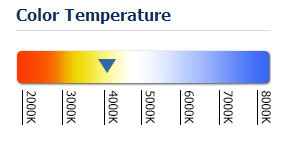
Luminous Flux – the flow of light measured in lumens. With light bulbs, it provides an estimate of the apparent amount of light the bulb will produce. Depending on the application, much of an incandescent’s light is wasted because it’s emitted in every direction. LEDs on the other hand, put out directional light, sending all of the light exactly where it’s needed. This is why an LED producing 500 lumens might be equivalent to an incandescent producing 900 lumens.
Lumens measure how much light you are getting from a bulb. The more lumens means it’s a brighter light; fewer lumens means it’s a dimmer light.
Lumens produced is just one factor of the performance of a light, and sometimes it is misleading. To understand how to fully evaluate the LED product, we need to look the overall system efficiency, optical control, thermal management of the LEDs.
Another factor that can also be very misleading is the life of an LED lights, the life time is defined by how long will the light last before the fixture reaches 20 percent lumen depreciation.
For example, most of the time an LED Light has a life time of 50,000 hours, it does not mean that after 50,000 hours, the LED lighting product will not work at all. It will still be working, but the Lumens it emitts is factored at 20% less than when it was first used.
For more LED Lighting Facts, visit our website at http://www.m-lites.com









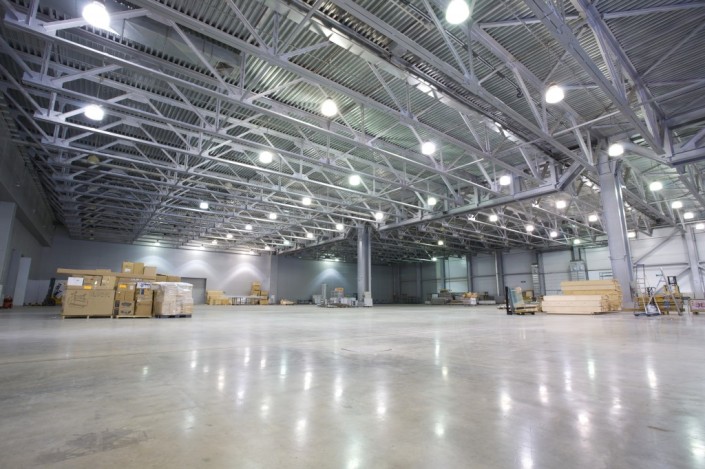


















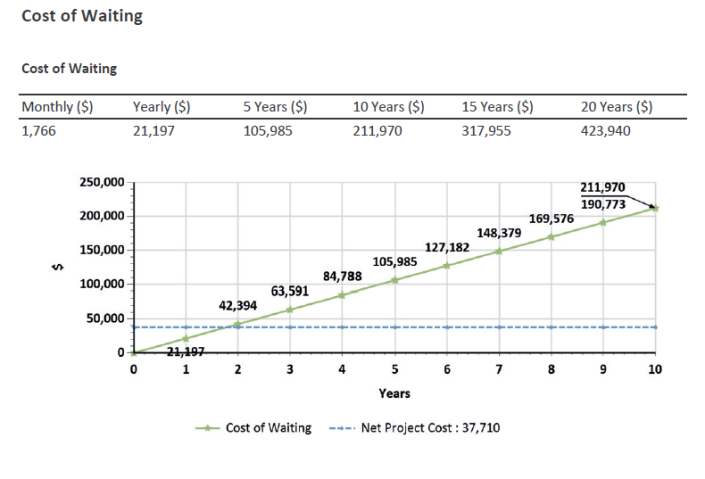

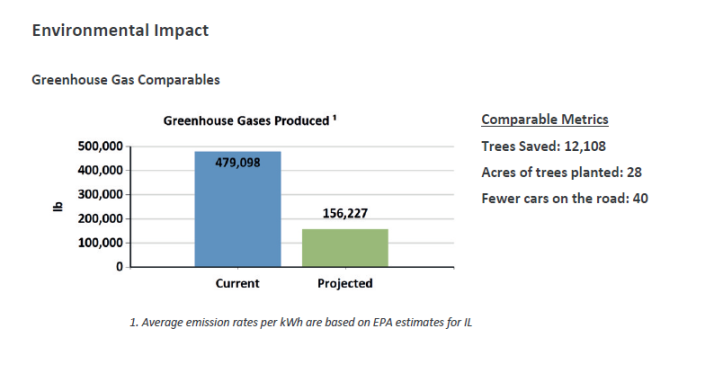
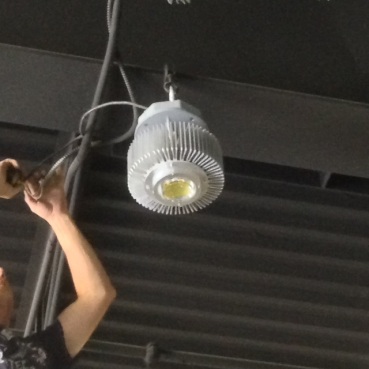

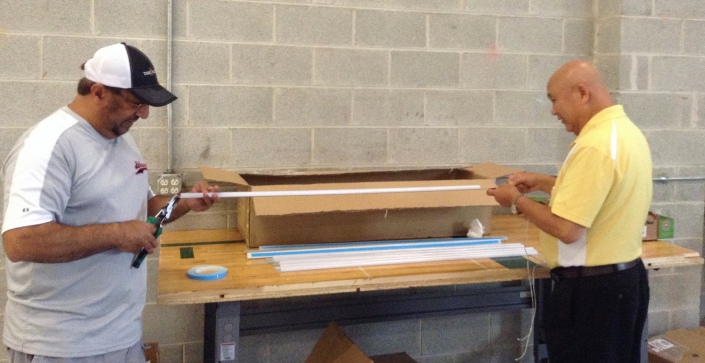
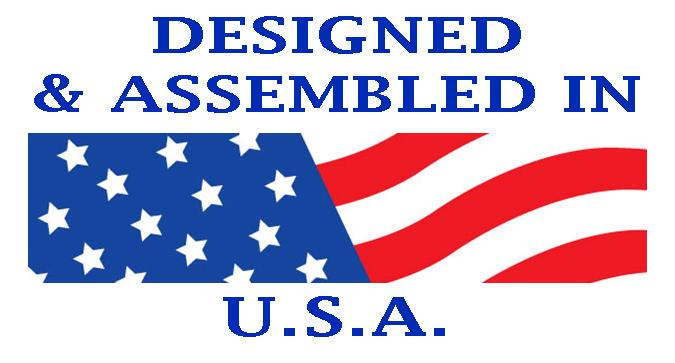

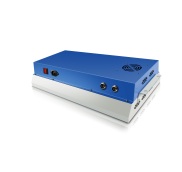

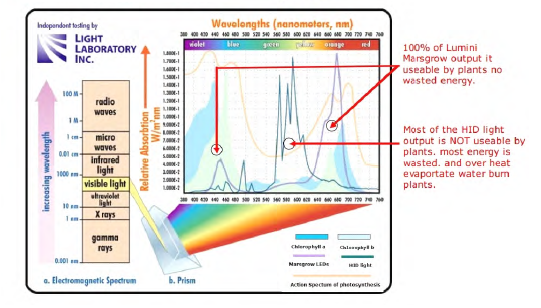

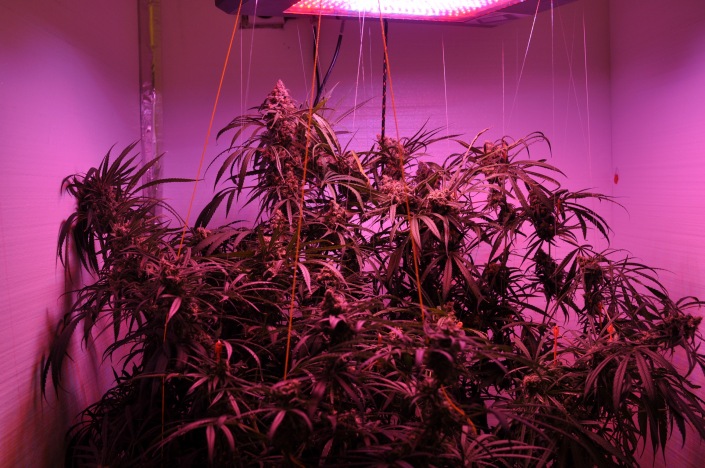

Patent Designer / Inventor at M-Lite Solution LLC
Hello Mike,
Our products are a little different. Our Ultra Slim Led Light Bar, is built based on our patented design. They run cooler, brighter, and use a fraction of the energy our competition uses. Most retrofit kits from the Asian market are not UL approved, or DLC listed, because they do not qualify or prefer to sell products cheap.
Also, most of those countries products are not heat sink well and choose not to build commercial lighting products with the proper type of drivers based on cost of goods.
I am also very fortunate to have partners that are Engineers in multiple fields. One of my partners has been the professor to the Best Engineering minds in China for years, and was appointed by the Premier of China to do so.
When it comes to price we are very competitive and our demand is more than our on-hand supply. When we raise our production level this fall, our price point will drop even more. This will widen our advantage in the LED Retrofit Market for commercial end users.
We have strategically prepared for this market, and we also warranty our products in the USA. Many Asian made products take too long in the warranty process for end users to maintain good relationships with the supplier chains and they also are not cost effective for warranty claim processing by consumers because of the cost to ship products to Asian for repair or replacement.
In addition, we respect all manufacturers of solid state lighting, but we know it is a growing market that we can grow with them based on the demand of the market.
Additional information about our LED Retrofit Products:
Our LED 2 Light Bar Systems provide 3400 Lumens, while only consuming 34 Watts, and have become a first rate option for many Electrical Contractors in the Midwest. Our 3 LED Light Bar provides 5100 Lumens, and consumes only 50 Watts.